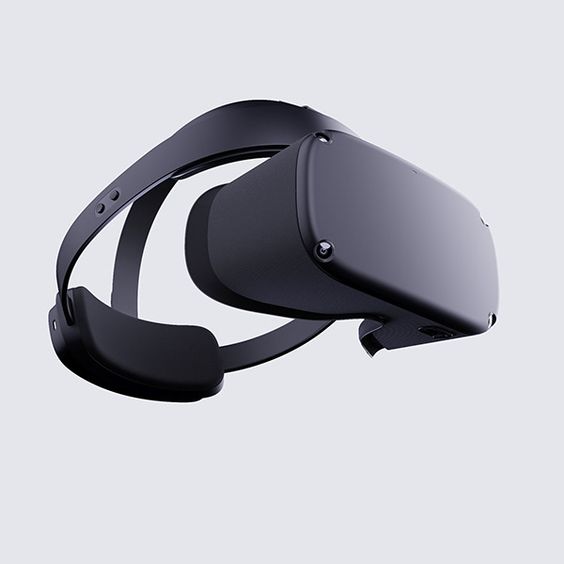Navigating Through History: The Evolution of Joysticks
From the early days of arcade gaming to cutting-edge flight simulators and gaming consoles, the joystick has been a ubiquitous tool for interactive entertainment and professional applications alike. As a versatile input device, the joystick has evolved significantly over the decades, adapting to new technologies and pushing the boundaries of user experience. Let’s delve into the rich history and enduring legacy of the joystick.
Origins and Early Days
The concept of the joystick dates back to the early 20th century, primarily used in aviation for controlling aircraft. The first known joystick-like device was developed by C. B. Mirick at the United States Naval Research Laboratory in 1926, designed to assist pilots in maneuvering aircraft. This early joystick consisted of a vertical stick with a ball-shaped handle and was pivotal in shaping the future of control interfaces.
Rise in Arcade Gaming
Joysticks gained popularity during the rise of arcade gaming in the 1970s and 1980s. Games like “Space Invaders,” “Pac-Man,” and “Donkey Kong” relied heavily on joysticks for player interaction. These arcade joysticks featured a simple design with a stick for directional control and one or more buttons for actions, offering intuitive gameplay experiences that captivated a global audience.
Evolution in Gaming Consoles
The advent of home gaming consoles further propelled the evolution of joysticks. Systems like the Atari 2600 and Nintendo Entertainment System (NES) introduced controllers with integrated joysticks, providing a seamless transition from arcade to home gaming experiences. Joysticks became synonymous with classic gaming consoles, evolving in design and functionality to cater to a growing array of game genres and player preferences.
Professional and Specialized Applications
Beyond gaming, joysticks found applications in professional settings such as aviation, military simulations, industrial control systems, and medical equipment. The precision and responsiveness of joysticks made them indispensable tools for tasks requiring accurate control and maneuverability, from piloting aircraft to operating robotic arms in manufacturing.
Modern-Day Joysticks
In the digital age, joysticks have continued to evolve with advancements in technology. Modern joysticks feature ergonomic designs, customizable controls, and integrated feedback mechanisms such as force feedback and haptic feedback. These innovations enhance immersion and realism in gaming and simulation applications, offering users a tactile connection to virtual environments.
The Future of Joysticks
Looking ahead, the future of joysticks is poised for further innovation and integration. As virtual reality (VR) and augmented reality (AR) technologies continue to evolve, joysticks will likely play a pivotal role in enhancing user interaction and immersion in immersive environments. Additionally, advancements in connectivity and wireless technology are paving the way for more versatile and accessible joystick solutions across various platforms and devices.



